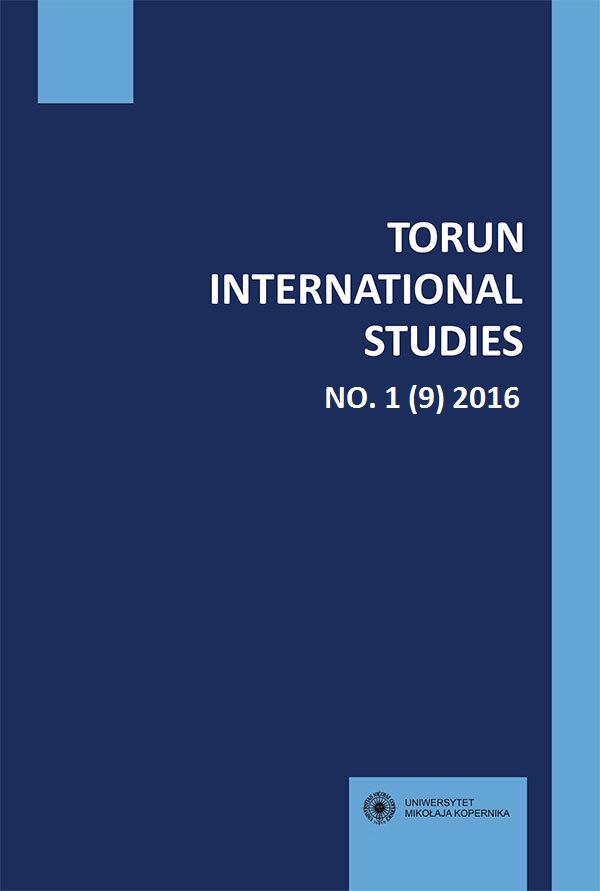MUTUAL RELATIONSHIP BETWEEN FREQUENCY OF THE RIGHT TO STRIKE AND RECOGNITION OF THE RIGHT TO
LOCKOUT WITHIN THE LEGAL SYSTEMS OF SELECTED EUROPEAN STATES
MUTUAL RELATIONSHIP BETWEEN FREQUENCY OF THE RIGHT TO STRIKE AND RECOGNITION OF THE RIGHT TO
LOCKOUT WITHIN THE LEGAL SYSTEMS OF SELECTED EUROPEAN STATES
Author(s): Hanna WiczanowskaSubject(s): Politics / Political Sciences, Law, Constitution, Jurisprudence, International Law, Security and defense, Military policy
Published by: Wydawnictwo Naukowe Uniwersytetu Mikołaja Kopernika
Keywords: right to strike; right to lockout; labour; capital; European Committeee of Social Rights; International Labour Organization
Summary/Abstract: The main objective of this paper is to analyze the mutual relationship between the right tostrike as well as its frequency and the opposite guaranteed to employers – right to lockoutin accordance with labour law regulations of the selected European States. Subsidiary, theauthor will also focus on the provisions within the Council of Europe (especially the regulationsof the revised version of the European Social Charter and the judicial practice of theEuropean Committee of Social Rights) as well as the provisions enacted by European Unioninstitutions. One of the main thesis of the article hereto is the presumption that the lack ofthe common standard among the States of the Council of Europe causes significant differencesregarding the acceptable scope of the right to strike and lockout. Such differences mayadversely impact the domestic and international economy and trade relationships as well asare of particular significance in the light of postulate of economic, social and cultural rightsprotection. The conducted analysis will present the Constitutional guarantees as well as concretelabour law provisions, regarding not only recognition of the rights to strike or lockout,but also the bargaining system as well as practical dimension of the labour rights, such as forinstance days not worked and the number of workers involved in industrial action. To genuinelypresent the aforesaid data, the author will rely mainly on the database of InternationalLabour Organzation (ILO) and European Trade Union Institute (ETUI), selected conclusionsof the European Committee of Social Rights and the statement of the chosen representativesof European labour law doctrine. The principal purpose of the article is thereforeto attempt to establish an optimal model of future European standard providing an accuratebase between rights of workers and interests of employers with the benefit for economy.
Journal: Toruńskie Studia Międzynarodowe
- Issue Year: 1/2016
- Issue No: 9
- Page Range: 87-101
- Page Count: 15
- Language: English

